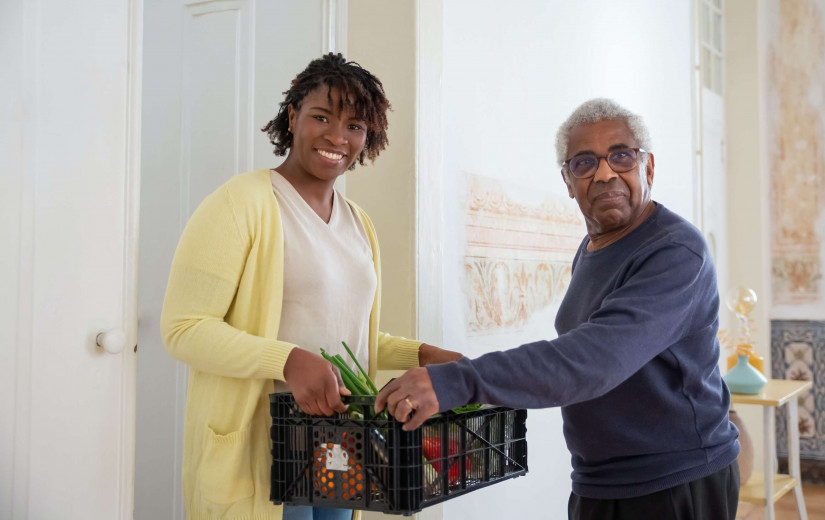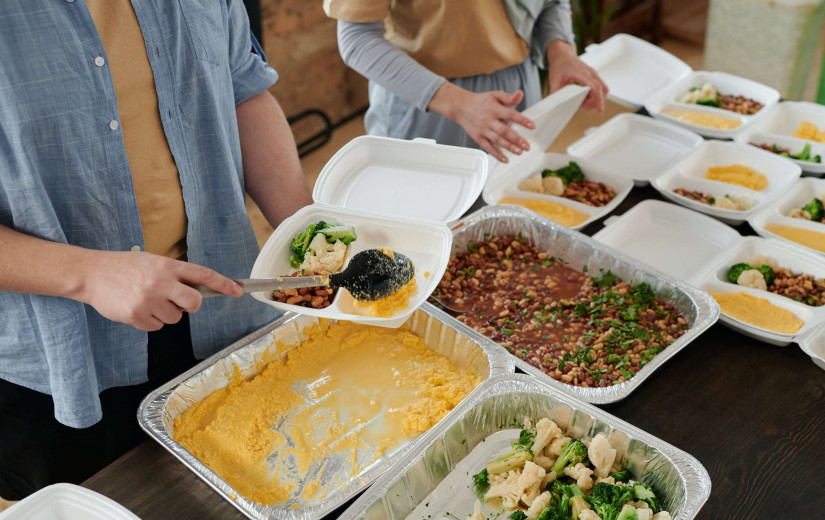Thinking of Going to a Bar This Weekend? You Might Want to Think Again
There has been a lot of news lately about the role of bars in the spread of COVID-19. But how dangerous are these places? Are they really a significant contributor to the spread of the deadly virus? Read on for more information about why researchers are increasingly pointing to bars as a big vector of transmission for the coronavirus.
Why Are Bars Considered to Be So Risky?
There are a variety of reasons why bars are considered to be so risky when it comes to the spread of COVID-19.
- Indoors - Most bars are located indoors where the spread of the virus is more prevalent. While there are still a lot of unknowns regarding the science of COVID-19, one thing that is certain is that the coronavirus thrives and survives indoors. Bars are also notorious for having lower ceilings with poor ventilation. These types of condition only serve to aggravate the spread of COVID-19.
- Difficulty Enforcing Masks - It clearly difficult to enforce mask mandates in a bar setting. The whole point of visiting a bar is to drink a beverage. Because of this, most people spend their time in a bar without wearing a mask. This lax attitude about mask-wearing in bars aggravates the situation and makes it more likely that you will contract the virus.
- Singing, Speaking Loudly, Cheering - Bars are loud places. With music blaring and tons of people gathering, it is not uncommon for visitors to have to speak loudly to be heard. Singing is also an easy way to spread the virus.
- Loss of Social Inhibitions - It is no secret that drinking lowers the inhibitions. This makes it more likely that people will begin to ignore all social distancing precautions. Once the alcohol starts to take over, it is easy to lose control of your social cues. People at bars tend to become overly affectionate with each other after a few rounds, making it more likely that the virus will spread between groups.
- At-risk Employees - In addition to all of these factors, bar workers are also more likely to come to work while not feeling their best, potentially infecting customers in the process. Because these workers do not generally enjoy liberal sick time policies and paid time off, it is not surprising to learn that they are more likely to ignore potential COVID-19 symptoms in order to make it to their shift.
As a Result
When you consider all of these factors, it is easy to see why much of the blame for the spread of the virus is falling on bars. As states begin to reverse their reopening phases, bars are the first places to get the cut. Bars in Arizona, Texas, California, and Florida have all been impacted by these closures as government officials race to contain the virus in these hot spots of transmission.
Finding Alternatives
So if you have decided that a bar is not a good idea but you still want to be social, what are your options? To minimize your risk, the best thing that you can do is to find ways to socialize outside. The fresh air helps to mitigate the spread of the virus in numerous ways. The sunshine combined with the wind flow is a great deterrent to the spread of the virus.
You should also limit your socializing to small groups. It goes without saying that you will increase your risk with every person added to your activity. Keeping your social group consistently the same will also help to reduce the risk. The more people that you introduce to your social circle, the higher the risk that you face.
Before you head out to a bar, ask yourself if you are willing to risk your health and those around you just for a few hours of fun. Instead of putting yourself in this situation, think of things that you can do as a safer substitute. You will sleep better at night if you know that you have done all that you can to mitigate your risk and to protect your loved ones as much as possible.

















